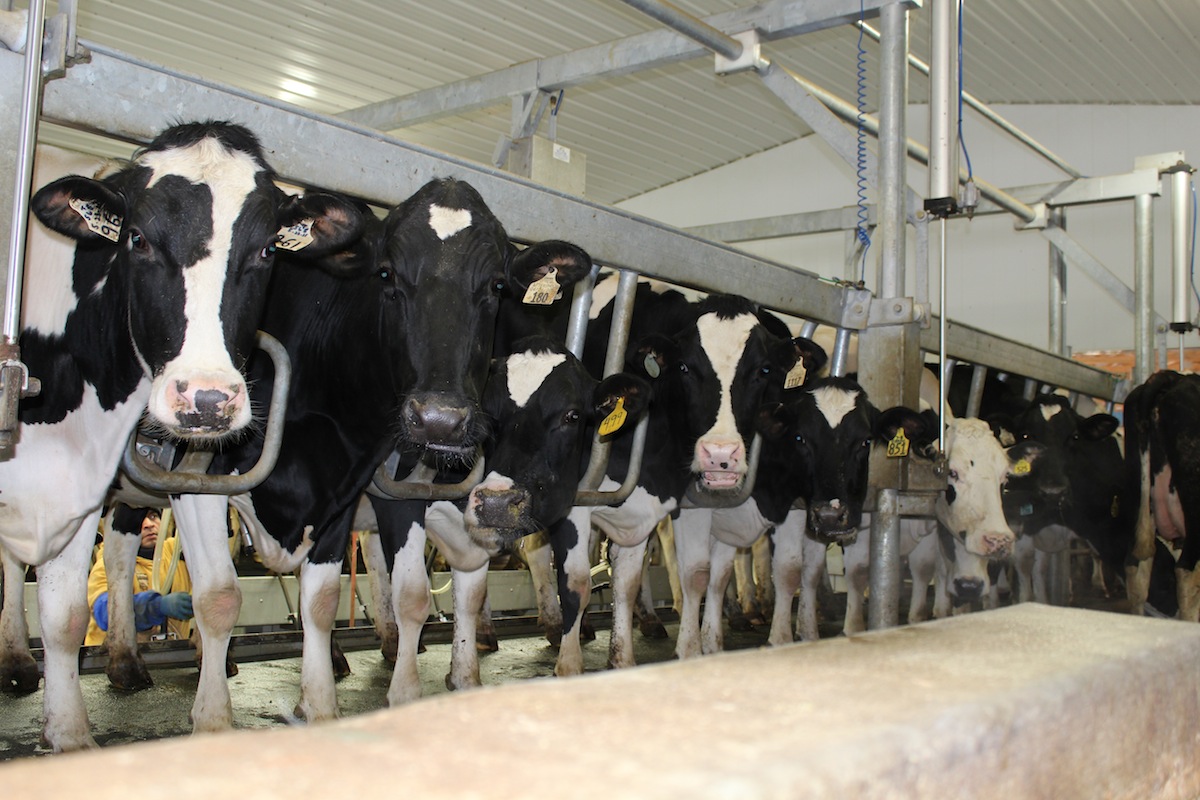Zimbabwe saw a notable rise in raw milk production, with a 20 percent increase to 55.11 million liters in the first half of 2024, up from 45.90 million liters in the same period of 2023.
This impressive growth occurred despite the challenges posed by an El Niño-induced drought that strained agriculture nationwide.
At its peak in 1990, Zimbabwe produced 260 million liters of milk annually, but this dropped to 40 million liters by 2008 due to factors like drought and high feed costs. The current goal is to reach 130 million liters in 2024. This ambitious target involves 1,500 dairy farmers and is supported by the Zimbabwean government and development partners.
Since the early 2000s, Zimbabwe has struggled to meet its annual milk production needs, leading to imports mainly from South Africa and Belgium. The Dairy Services Department reported that milk intake by processors rose by 20 percent to 50.64 million liters in the first half of 2024, compared to 42.07 million liters in the same period in 2023. Retail milk production also increased by 17 percent to 4.46 million liters from 3.82 million liters.
A key factor in the improved milk output is the partnership between the government and the EU-funded Transforming the Zimbabwe Dairy Value Chain for the Future (TranZDVC) project. This initiative has supported small-scale dairy farmers by providing resources like calves and lucerne grass seeds to enhance production efficiency and sustainability.
Also read: Ex-Cottco Manager ‘Praise Makombore’ In Court Over $42K Fertilizer Theft
Lucerne, a high-protein forage grass, has significantly improved the nutritional quality of dairy feed and reduced production costs. It boasts a protein concentration of 18-22 percent of dry matter, compared to maize silage (8 percent) and good-quality grass silage (14 percent). The cost of milk has dropped to about 50 cents per liter from up to 70 cents per liter previously.
Dr. Edson Chifamba, an international dairy expert, highlighted lucerne’s benefits, including its cost-effectiveness and drought resilience. Medium and large-scale farmers in Zimbabwe have been using lucerne, and its uptake by small-scale farmers is growing rapidly.
Lucerne’s deep-rooted system makes it particularly drought-resistant, providing reliable pasture even during dry spells, which has been invaluable during the current El Niño conditions.
Despite challenges in quantifying lucerne production, its resilience has been crucial in maintaining milk production levels. Dr. Chifamba noted that many farmers grew lucerne last season, and it was less affected by drought than other fodder crops.
Zimbabwe’s dairy sector aims to produce 113 million liters of milk in 2024 and increase this to 150 million liters by 2025. Achieving these targets will require continued investment in livestock and improvements in milk productivity per cow.
The progress so far highlights the importance of strategic partnerships and innovative feed management, setting a positive path for Zimbabwe’s dairy industry despite challenging environmental conditions.
For comments, Feedback and Opinions do get in touch with our editor on WhatsApp: +44 7949 297606

For comments, Feedback and Opinions do get in touch with our editor on WhatsApp: +44 7949 297606.


